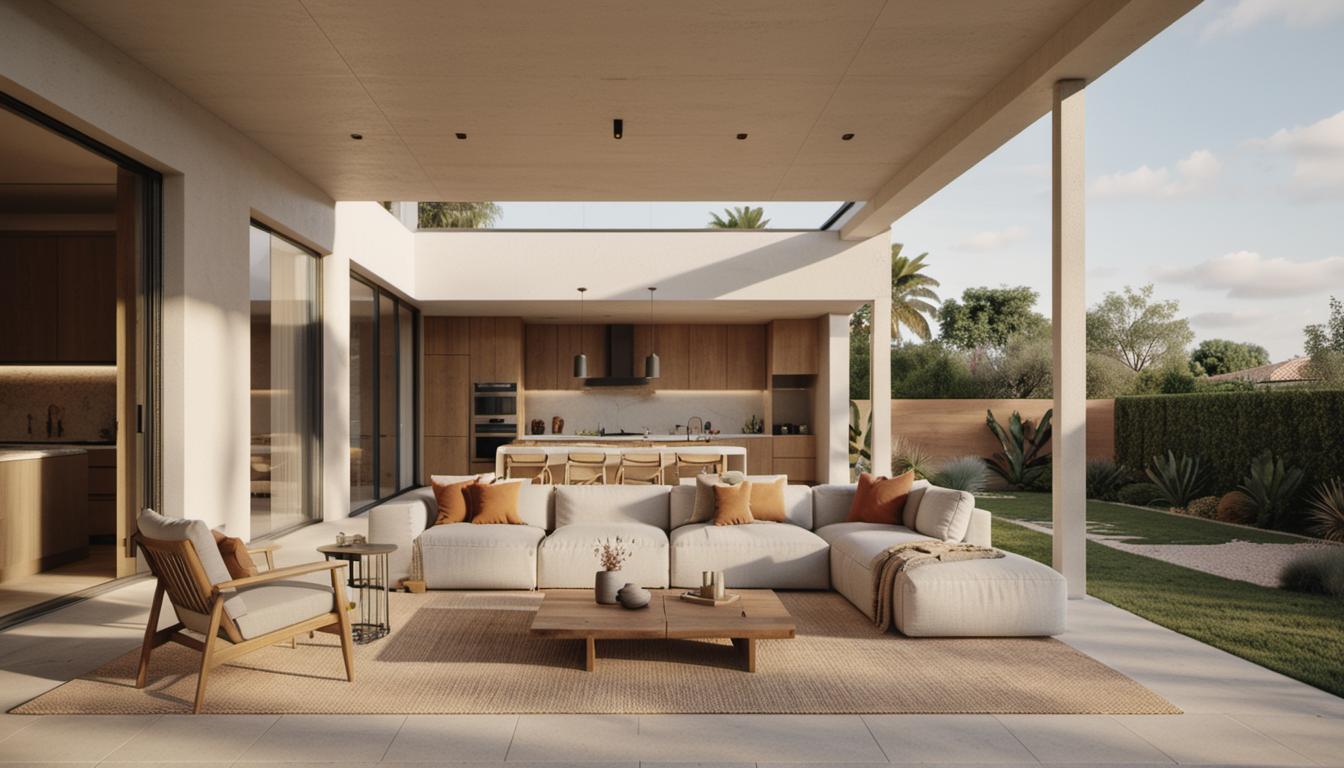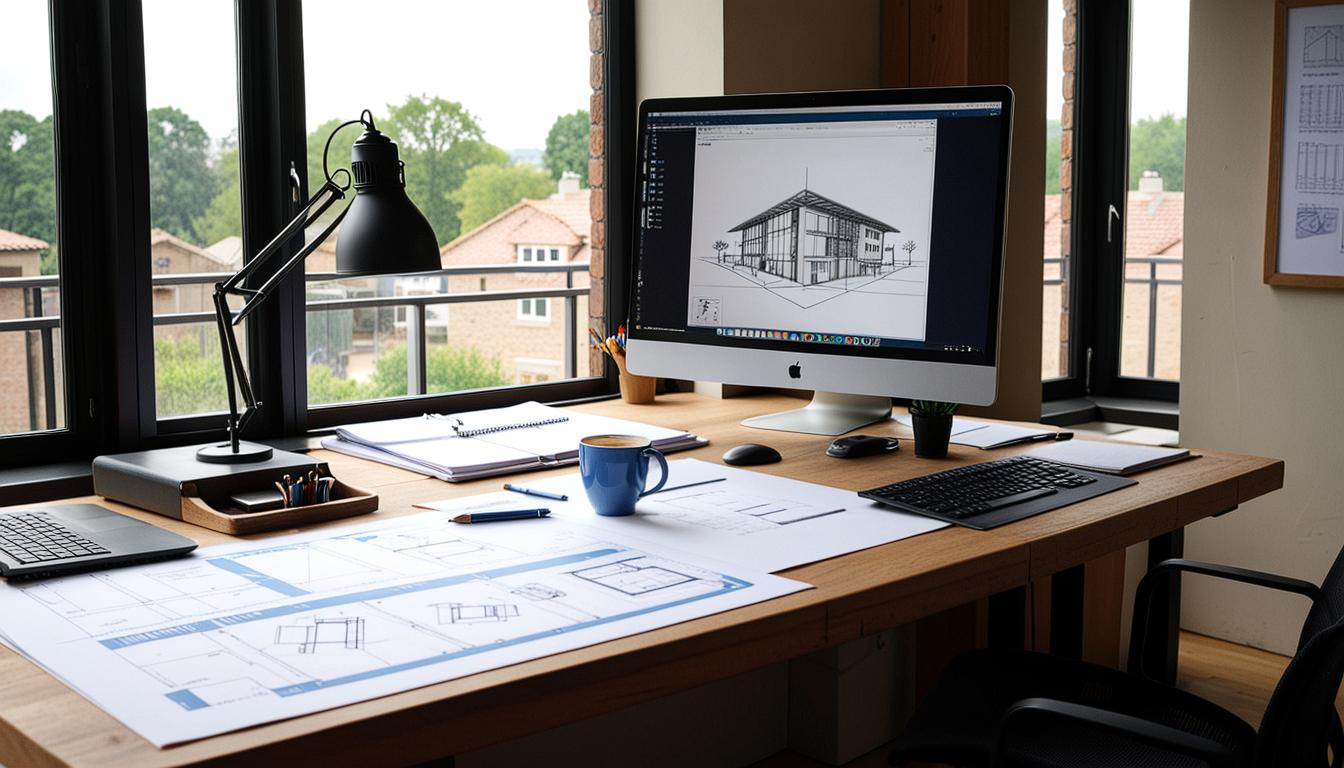Introduction to Project Renderings in Interior Design Strategy
In the realm of interior design, renderings hold a key position. Rendering, simply put, is a process that generates lifelike images or videos of interior spaces using computer graphics. A critical tool for modern interior designers, it brings flat, two-dimensional designs to life as detailed, visually engaging presentations.
Technological advancements have considerably influenced the rendering process, enabling the creation of 2D and 3D images that adeptly mirror final interior designs. These advancements not only provide an impressive visual presentation but also bridge the gap between designers and clients. With the aid of detailed renderings, clients can visualize and grasp the design concept more effectively, enhancing their engagement.
The Different Types of Renderings
Renderings can be categorized into three types: 2D, 3D, and immersive experiences via Virtual Reality (VR) and Augmented Reality (AR).
- 2D Renderings: These provide a basic visual representation for understanding the design. Although they don’t offer depth or multiple viewpoints, they remain valuable for initial conceptual visuals.
- 3D Renderings: Offering a more immersive and photorealistic view, 3D renderings present a design from multiple perspectives. They provide a realistic image, detailed to an extent that clients can visualize the final output vividly.
- AR and VR Renderings: Elevating the efficiency of visual representation even further, these revolutionary techniques provide an engaging, interactive visualization by creating a hybrid or fully virtual environment.
How Renderings Contribute to a Cost-Effective Design Process
Renderings play a vital role in facilitating a cost-effective design process. They help reduce the likelihood of expensive design changes by providing a clear preview of the final design. This accuracy aids in saving considerable time and financial resources, making the rendering process an intelligent financial strategy.
The Rendering Process
Creating a rendering is an involved process that starts with gathering detailed information about the design project. Once the initial idea is formed and materials, colors, and layouts are chosen, designers use specialized software to generate the rendering. The software lets them adjust lighting, materials, and textures on a digital model to achieve the desired look.
Post-processing techniques are often employed after the initial rendering to fine-tune the image. Lighting and colors may be adjusted, or more details may be added for an enhanced sense of realism.
Challenges in Creating Quality Renderings
Creating high-quality, photorealistic renderings can prove challenging in complex designs. This is due to the extensive processing power and time needed. It may particularly be time-consuming for designers with limited experience in using rendering software. A constant balancing act between creativity and realism is required to produce effective, engaging renderings.
Important Elements for Realistic Renderings
The role of lighting and texture selection is critical in achieving realistic renderings. Designers must diligently select the light source and materials to ensure accurate representation of the final interior space as planned.
FAQs on Role of Project Renderings in Interior Design Strategy
- Question: What is the role of rendering in interior design strategy?
Answer: Rendering plays a crucial role in interior design strategy by providing a realistic visual representation of the proposed design. It aids in clear communication, avoids costly design changes, enhances client engagement, and saves time and resources. - Question: What are the benefits of using renderings in interior design?
Answer: The benefits include instilling confidence in clients by providing a clear understanding of the final output, enabling effective communication, reducing design modification costs, and saving significant time during the planning and execution process. - Question: What are the challenges in creating high-quality renderings?
Answer: Challenges include achieving photorealistic renderings for complex designs, time management, and striking a balance between creativity and realism. - Question: What are the different types of rendering techniques available?
Answer: The common types of rendering techniques include 2D rendering, 3D rendering, and VR & AR renderings. - Question: How does 3D rendering function as a marketing and sales tool in interior design?
Answer: 3D rendering functions as a potent marketing and sales tool by providing a photorealistic visualization of the design, attracting potential clients, and facilitating the sales process by impressing clients with high-level detail and realism.






